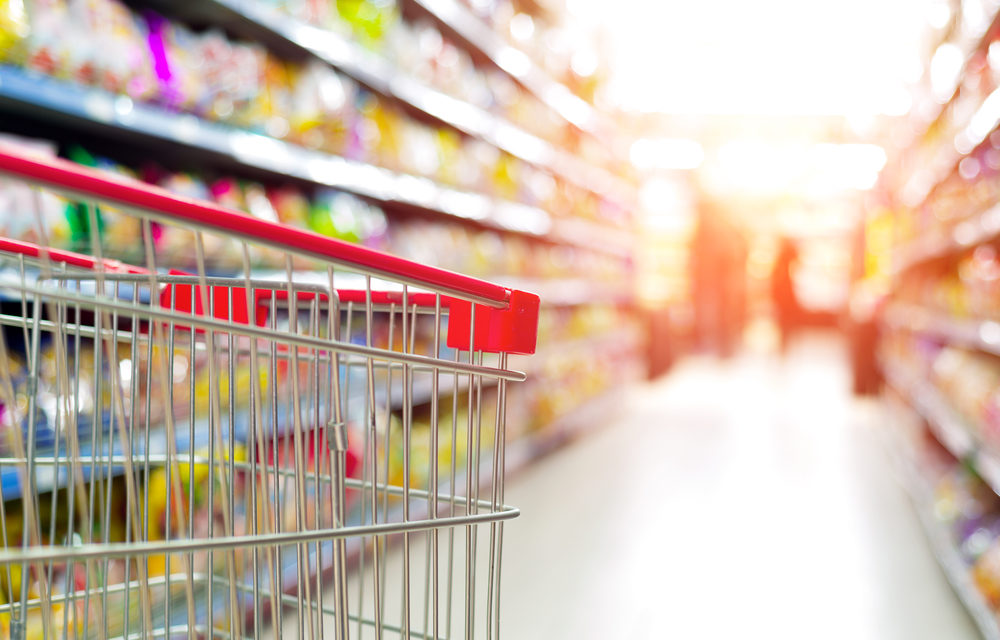Pushing fulfillment boundaries
Walmart and Amazon unveiled plans for new services that could further expand the way consumers think about grocery and restaurant-food delivery.
Walmart is looking to bring food delivery past customers’ front doors with an in-refrigerator delivery service. Amazon, for its part, inked a partnership that could make it a bigger contender in the growing restaurant-food delivery business.
Amazon is working with online food ordering platform Olo to potentially enable its Prime customers to order from chains like Chipotle and Shake Shack. Olo said over 60 million consumers use its system to order from a network of over 200 restaurant brands across 40,000 locations.
Meanwhile, Walmart is working with August Home, a provider of smart locks and smart home accessories, on a program that would allow drivers from same-day delivery service Deliv to bring grocery orders into the home. The service will be tested with an opted-in customers in California’s Silicon Valley. Those customers will get a notification on their phones when the delivery is happening and have the option of watching in real time as their orders are dropped inside their home while their perishable grocery orders are placed inside their fridges.
“What if Walmart could help busy families like mine ensure my fridge was always well-stocked?” said Sloan Eddleston, vice president of Walmart eCommerce Strategy & Business Operations, in a blog post. “What if we created a service that not only did my grocery shopping and brought everything to my home, but even went so far as to put it directly into my fridge? And, what if was it even more convenient because this ‘in-fridge delivery’ happened while I was at work or off doing other things?…. What might seem novel today could be the standard tomorrow.”
Digital grocery purchasing remains a relatively niche activity. A Gallup poll in August found that less than 10% of households made digital food purchases at least once a month.

A delivery-to-refrigerator option could ease at least one significant concern consumers have about digital shopping: keeping fresh foods cold. A Morning Consult study from June 2017 found that while roughly one-fifth of consumers had tried online grocery shopping, most weren’t likely to have meat, dairy or fresh fruits and vegetables shipped to them.
Walmart’s Jet.com unit, meanwhile, is testing a new program with another startup, Latch, in New York to allow delivery people access inside some buildings to drop off packages.
Many executives and employees still lack an understanding of what it means to digitally transform their company. This report looks at drivers and challenges of digital transformation—as well as the organizational changes required, the impact on the customer and how success is measured.
There’s a good reason for Walmart to get the delivery part right. A Market Force Information survey of nearly 13,000 US consumers earlier this year showed that the percentage of respondents ordering groceries online for delivery outweighs that of ordering for in-store or curbside pickup.
For its part, Amazon’s recent purchase of Whole Foods also suggests grocery will play a bigger role in its growth plan. But its sights on food are more than just on the groceries. As the online giant expands its ecosystem of products, services and entertainment offerings to build its Prime membership, the partnership with Olo will give Amazon Restaurants, only available to Prime members, the ability to expand its restaurant network for customers to choose from.

For restaurants, delivery is an increasingly important revenue stream, as the industry struggles to break a trend of declining sales and traffic. US restaurant delivery sales, driven by online orders, will rise an average of 12% a year to $76 billion in 2022 from $43 billion this year as digital order will see its share of the restaurant food delivery pie jumping to three quarters from about half, according to a Cowen & Co. study released in July. Responding to that demand, restaurants from fast-food giant McDonald’s to casual dining chain Buffalo Wild Wings have all called out delivery as a key part of their companies’ respective growth strategy going forward.
Not surprisingly, with Amazon having proven to disrupt and erode shares of many traditional market leaders in areas it’s entered, Friday’s news also raised concerns that Amazon Restaurants, currently the sixth used delivery service in the Cowen study, would steal some share from delivery platforms led by GrubHub/Seamless.
by Andria Cheng

